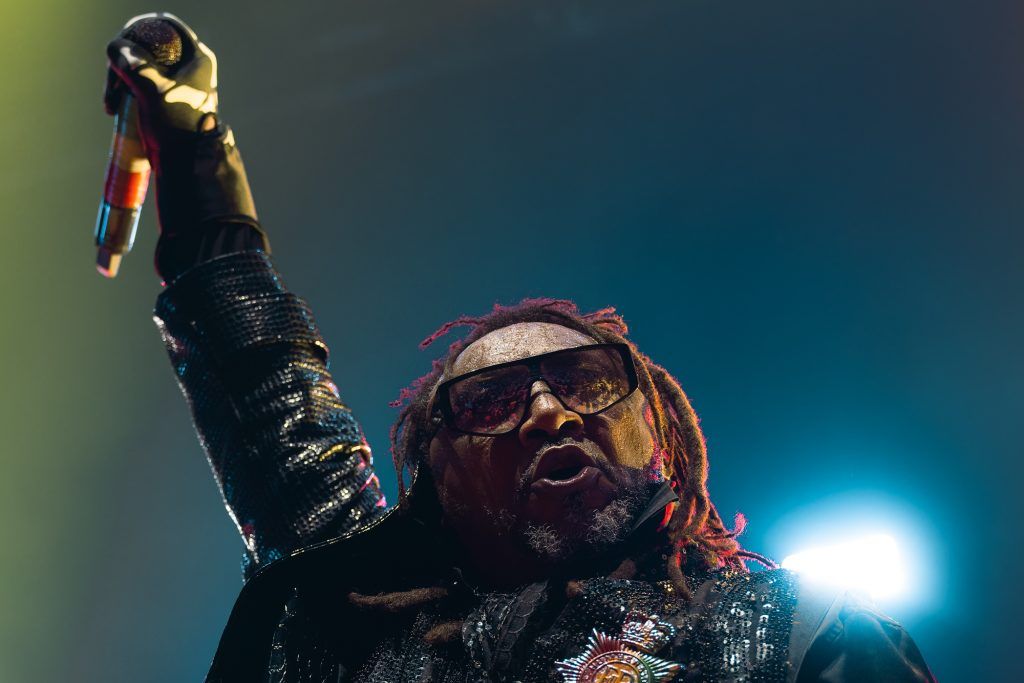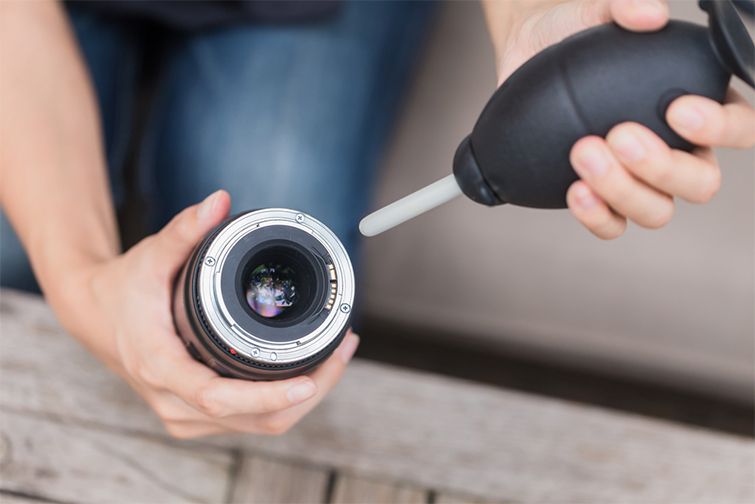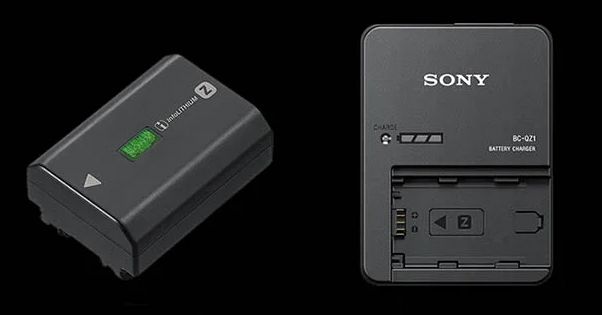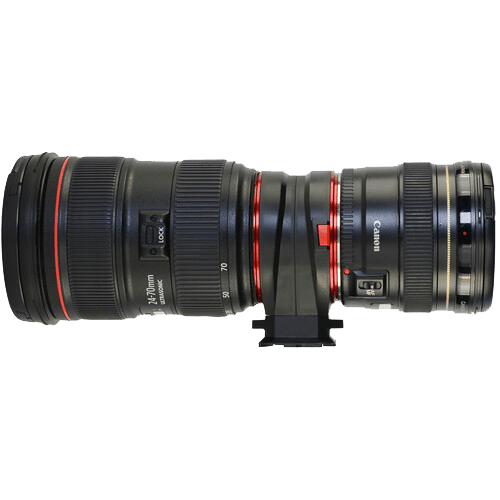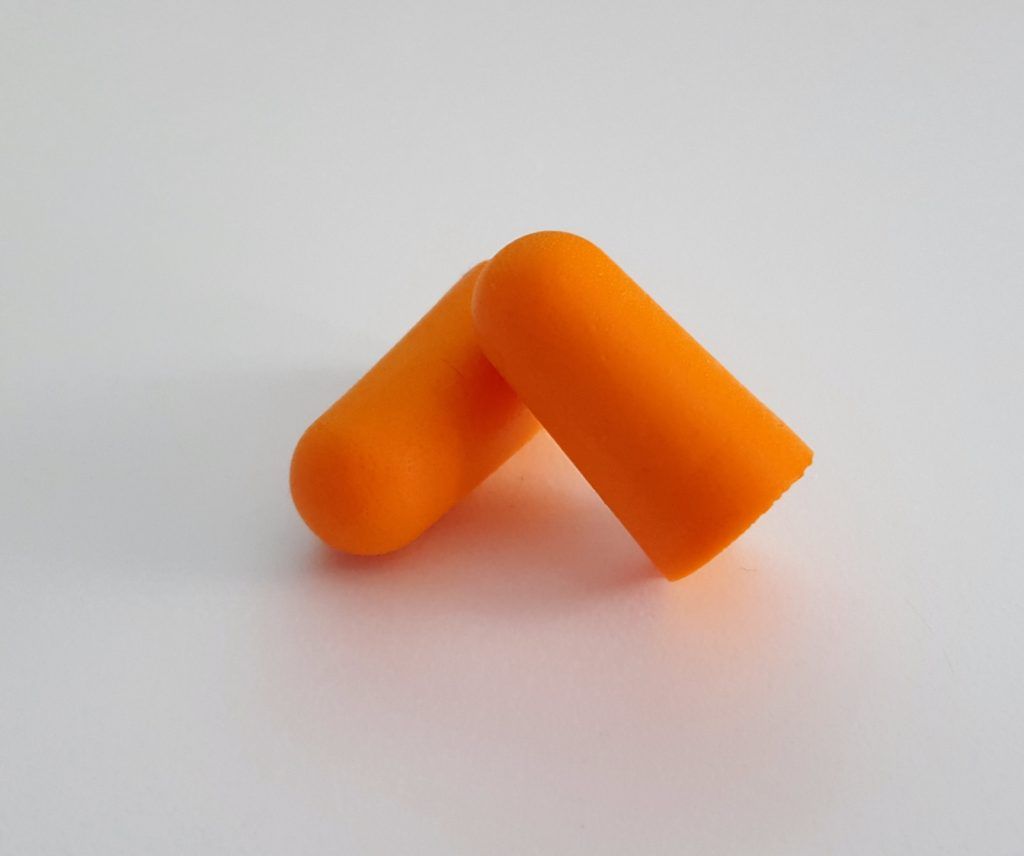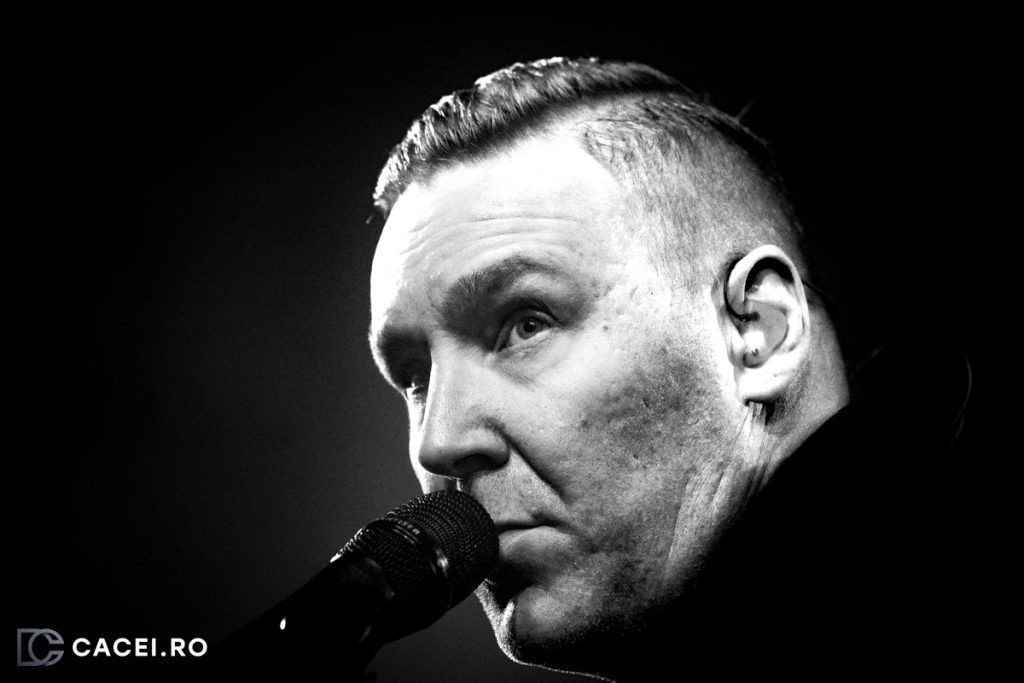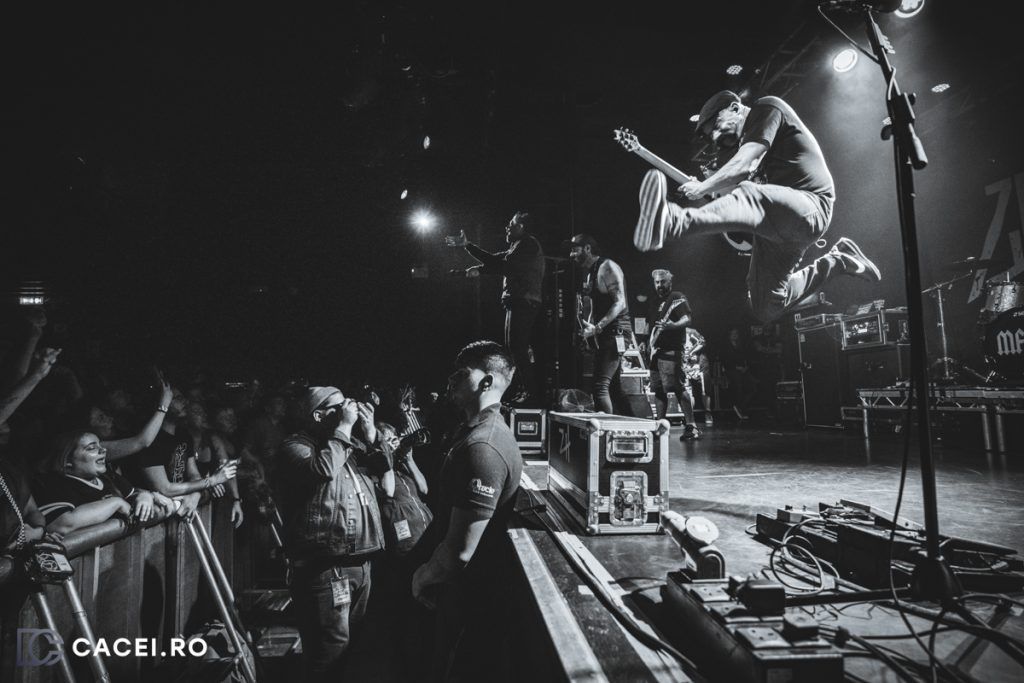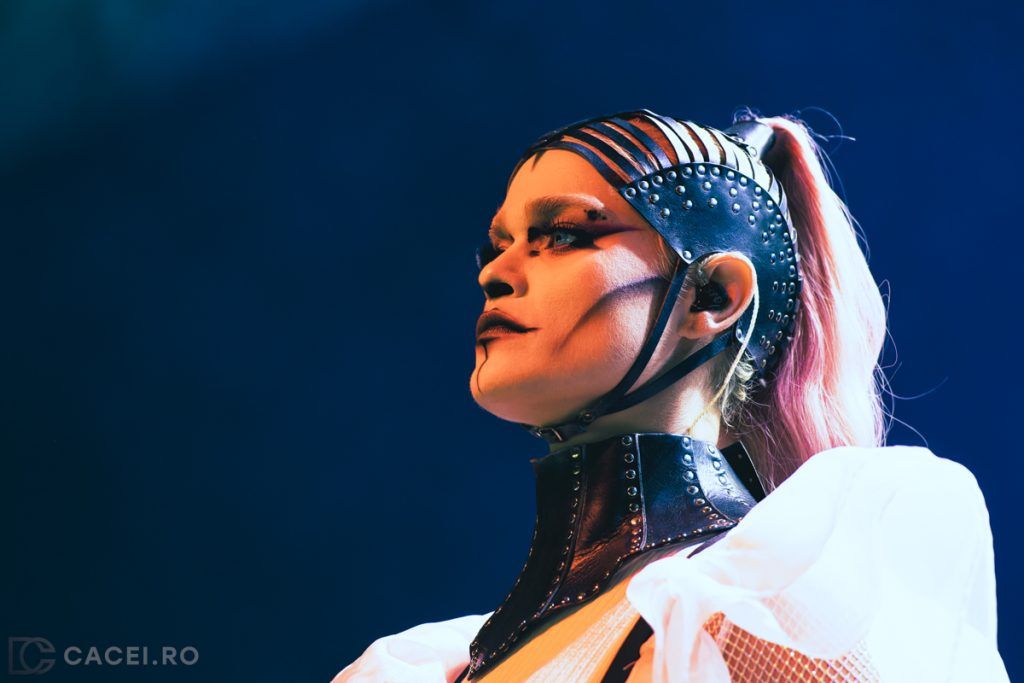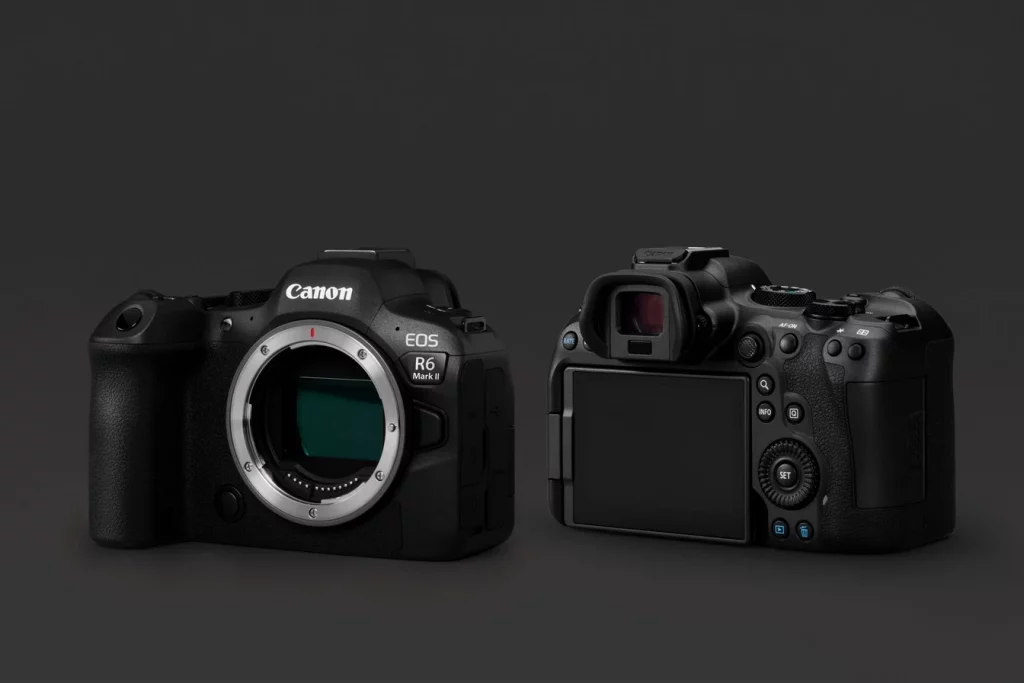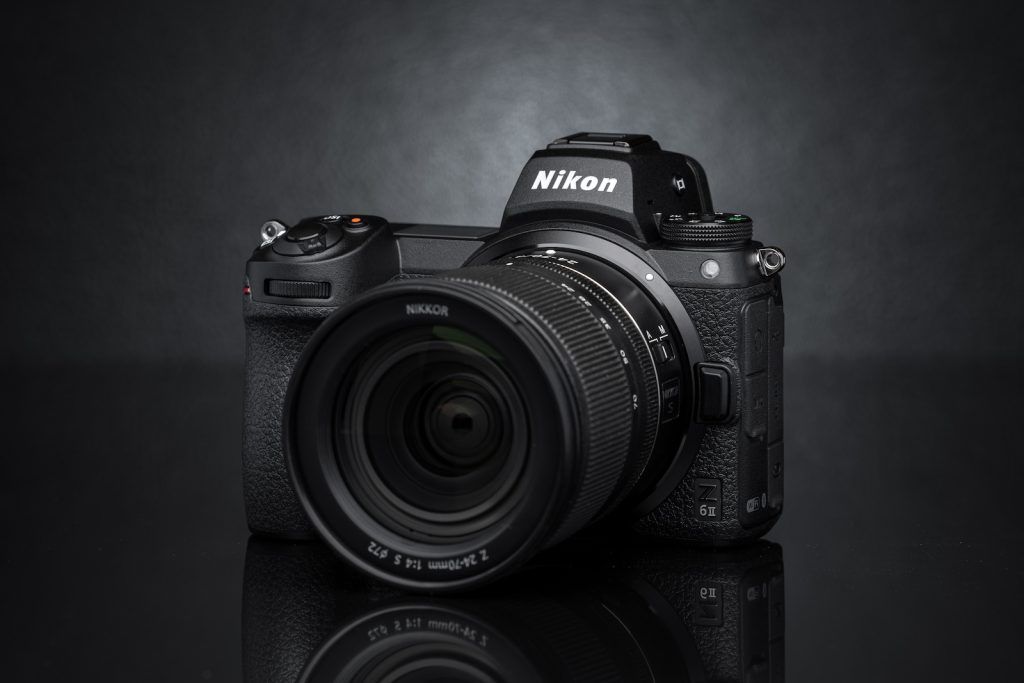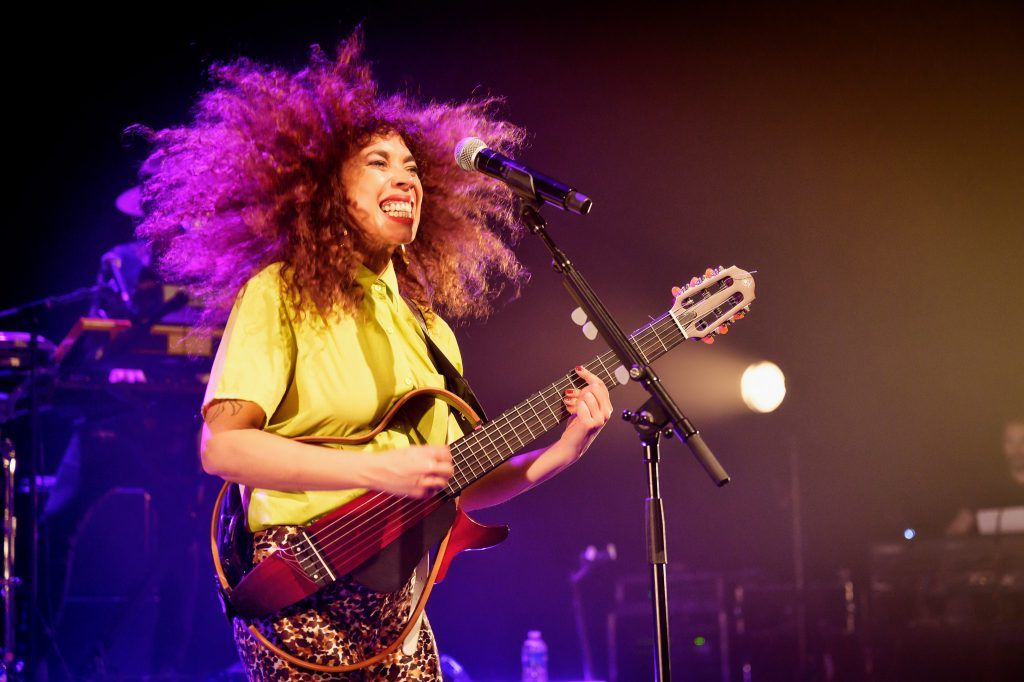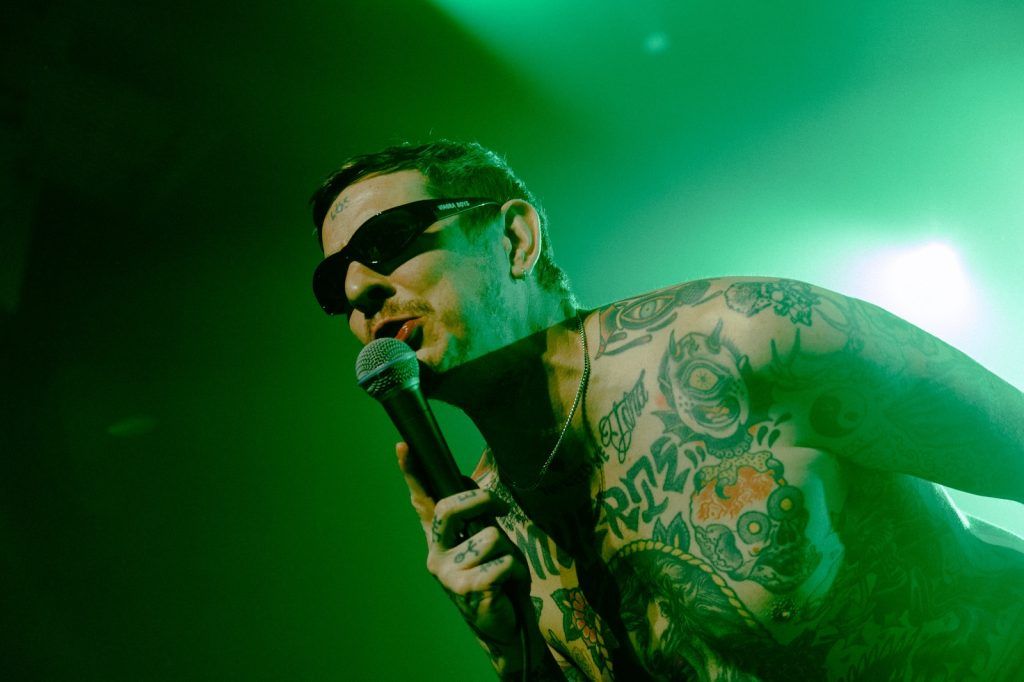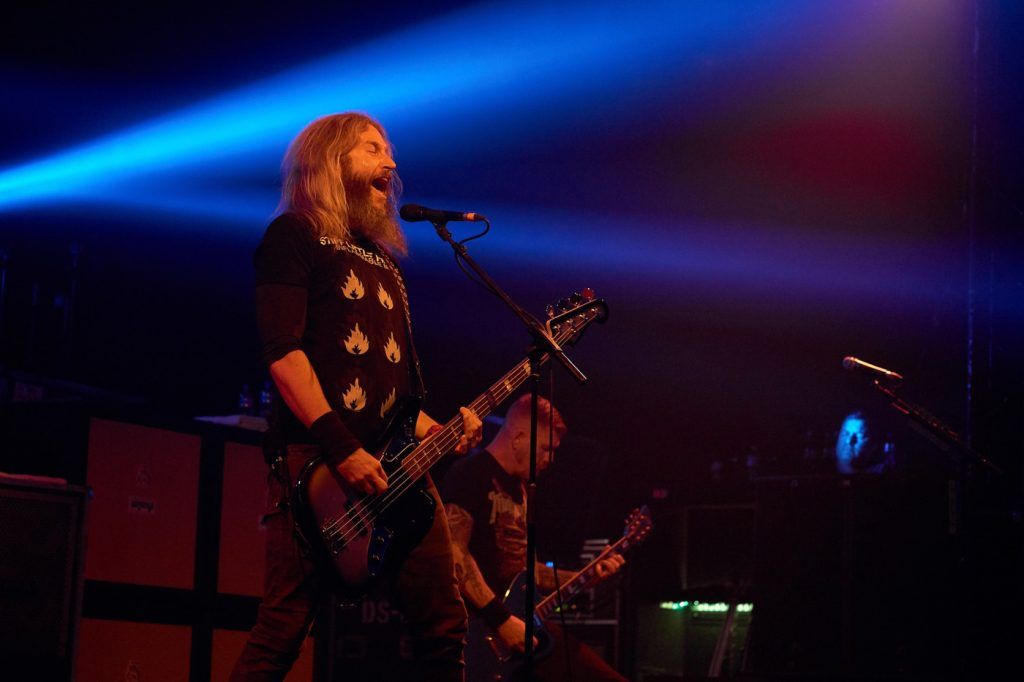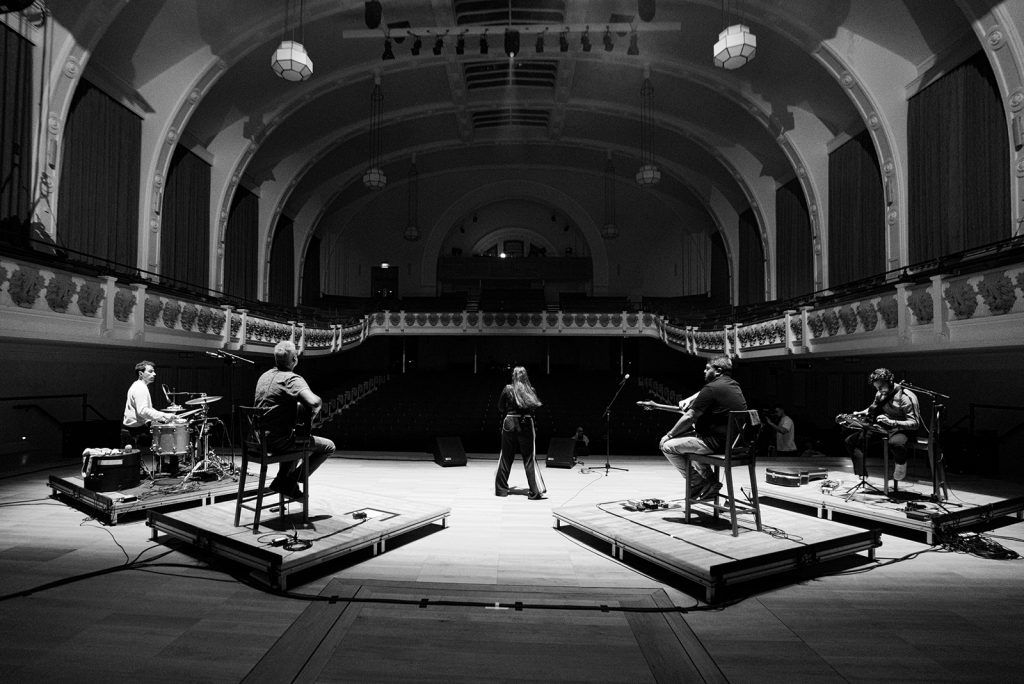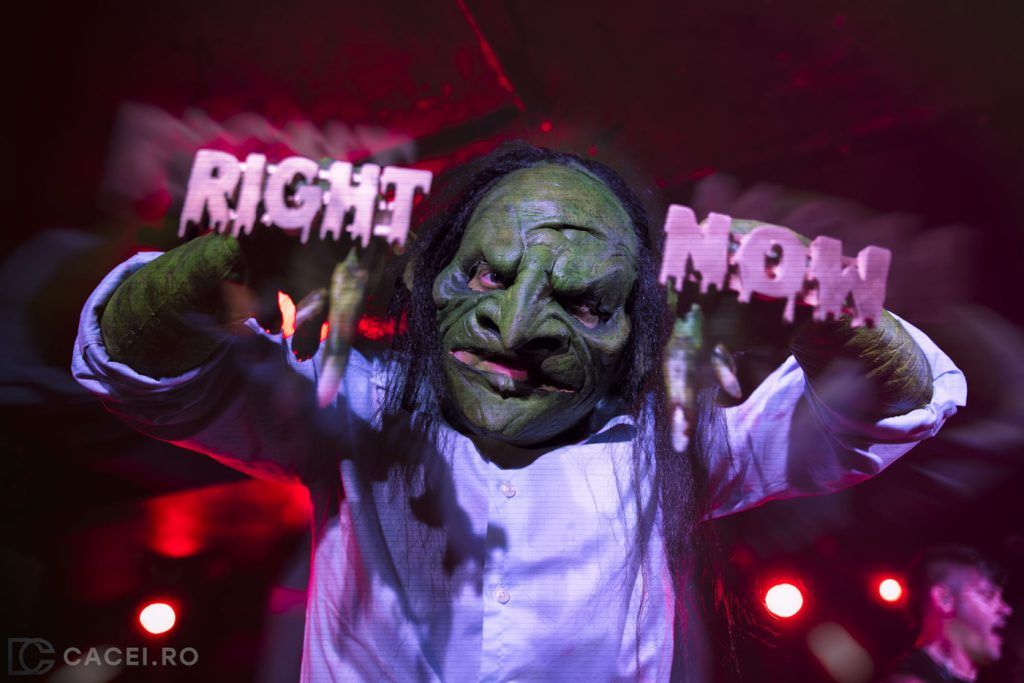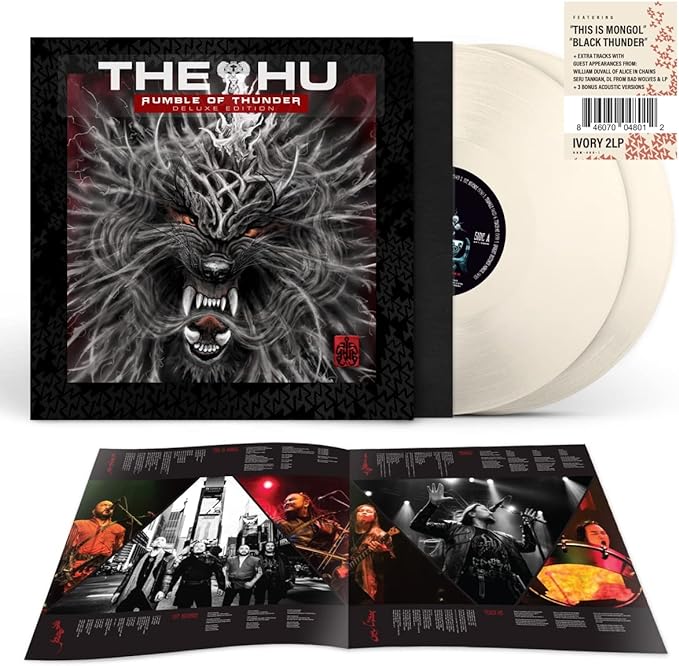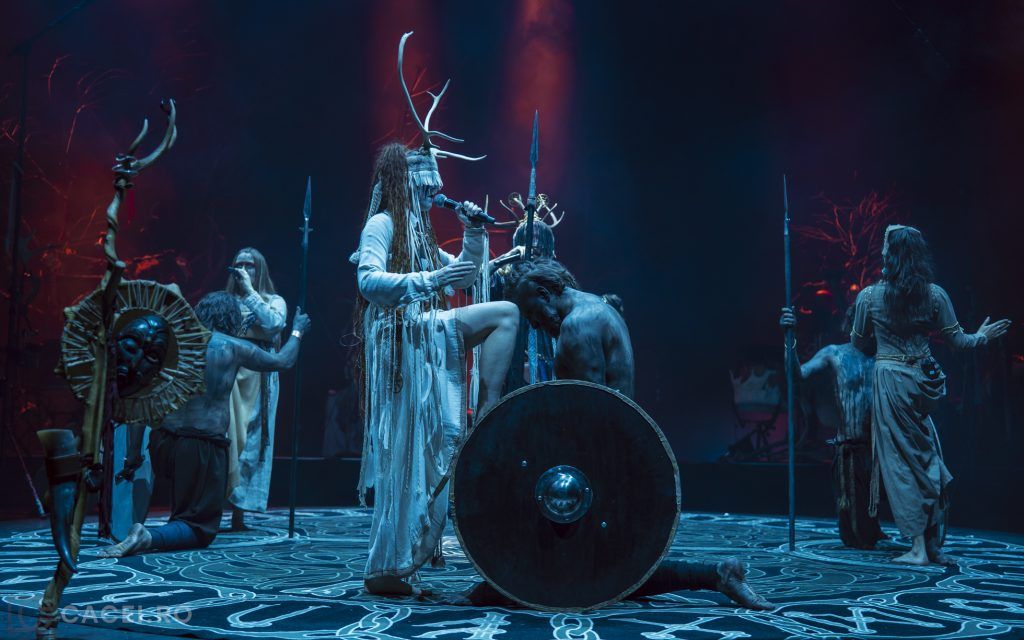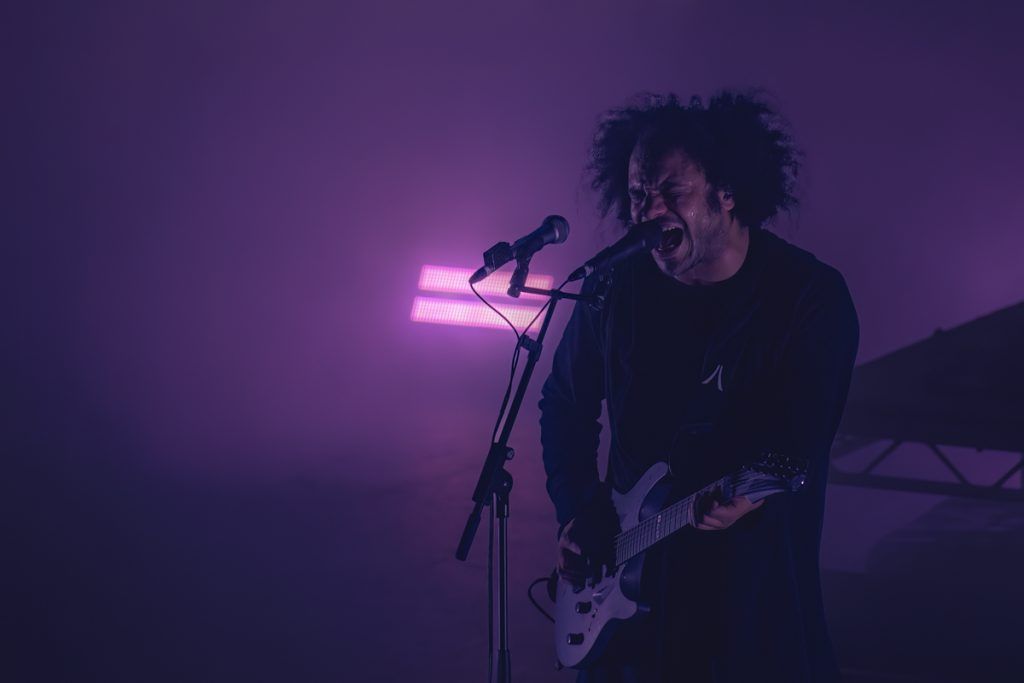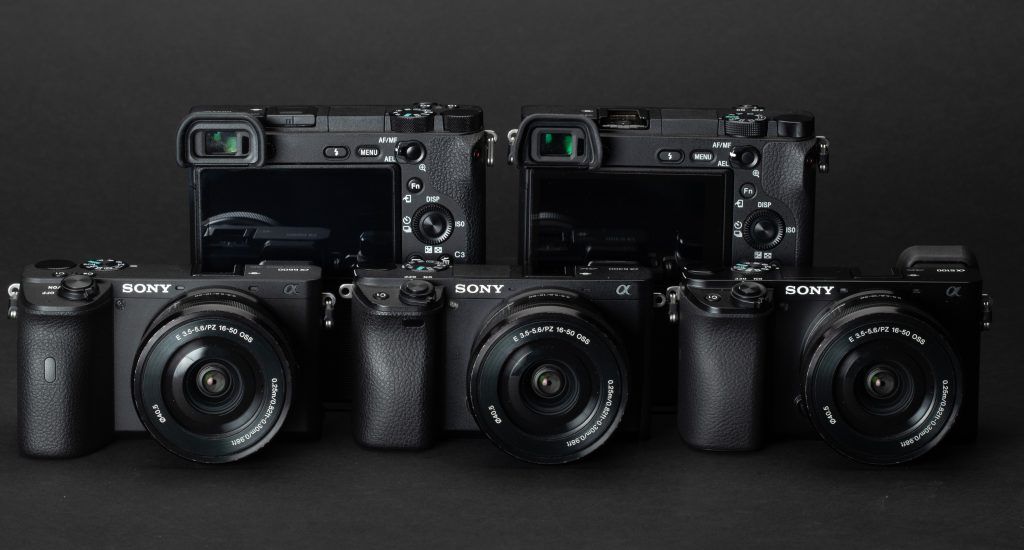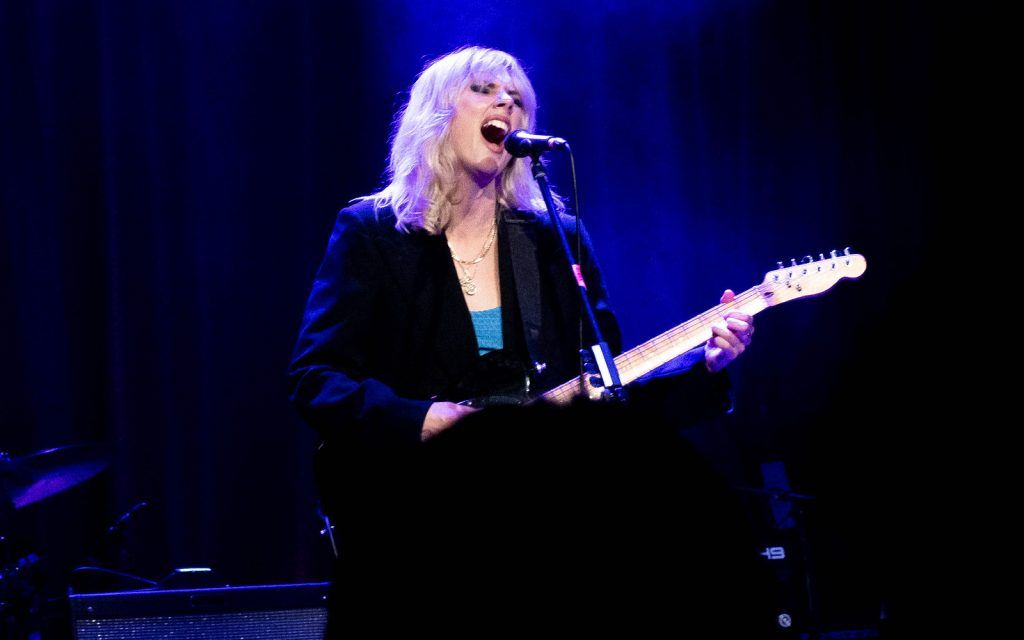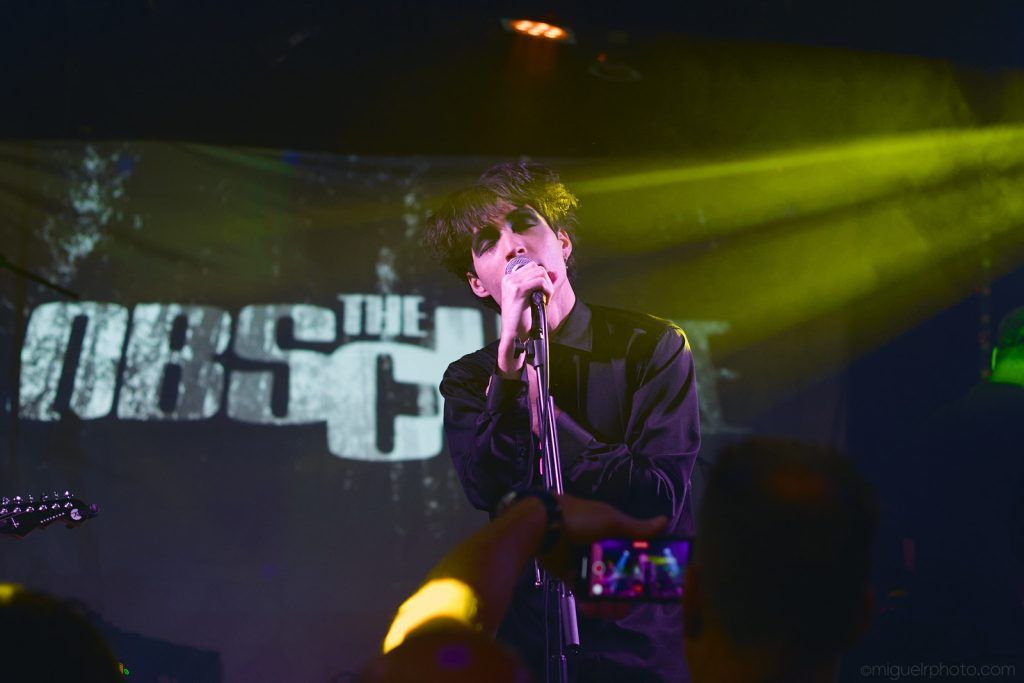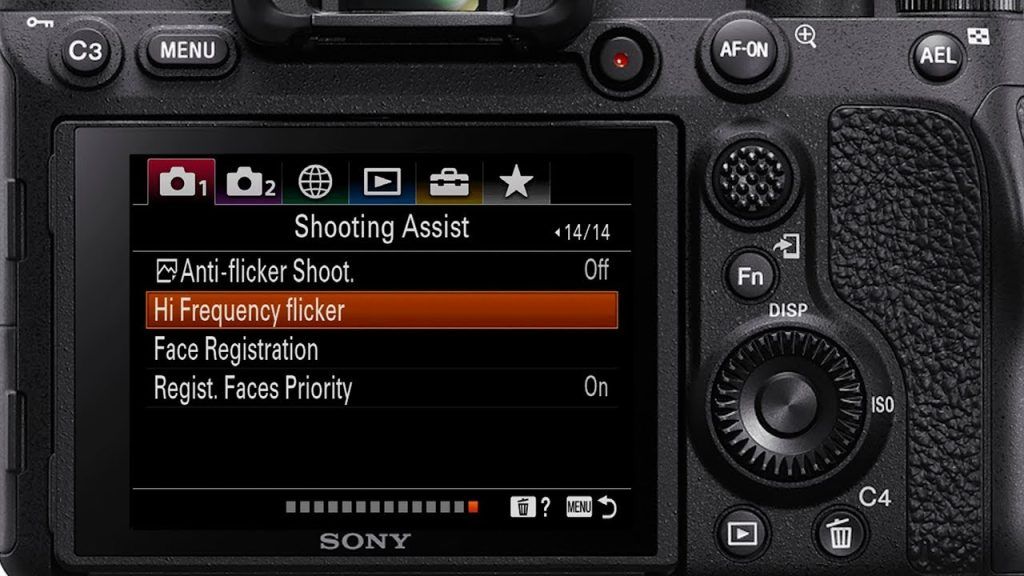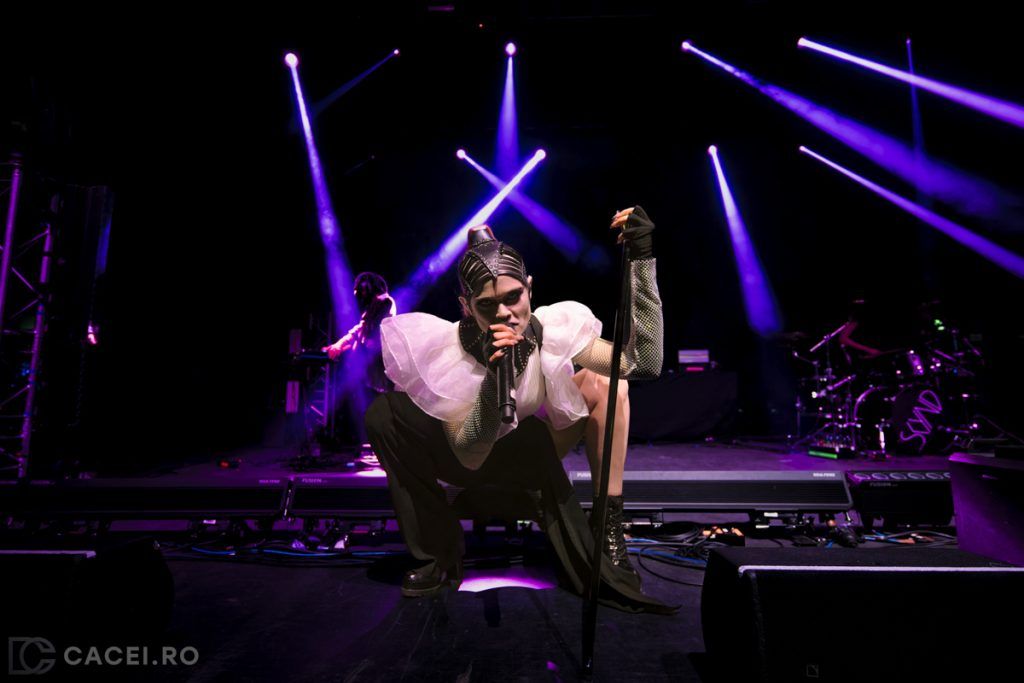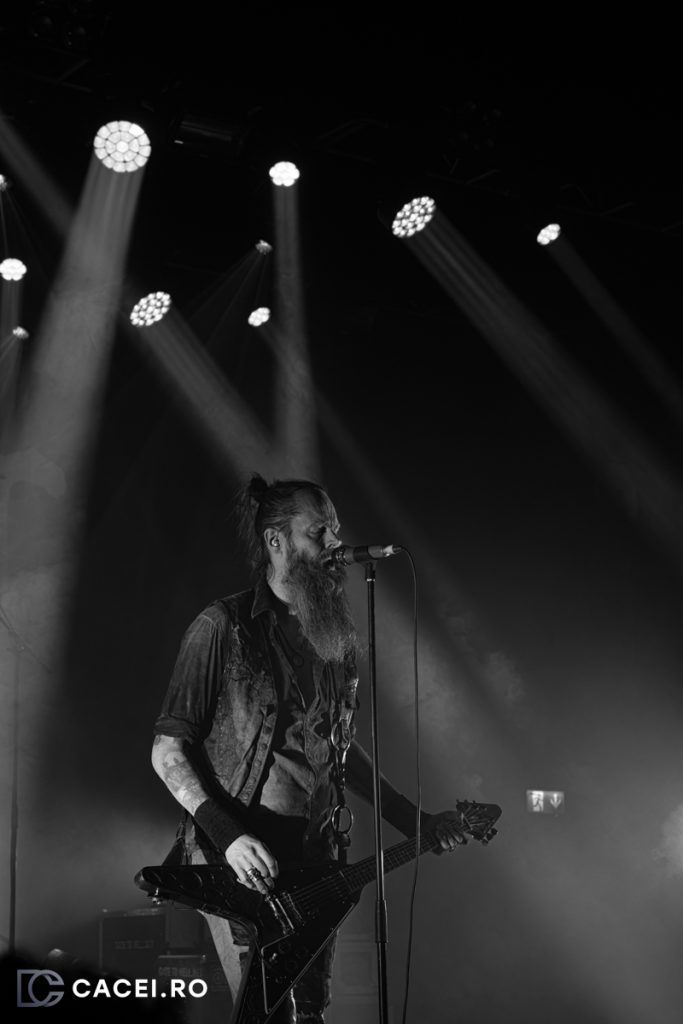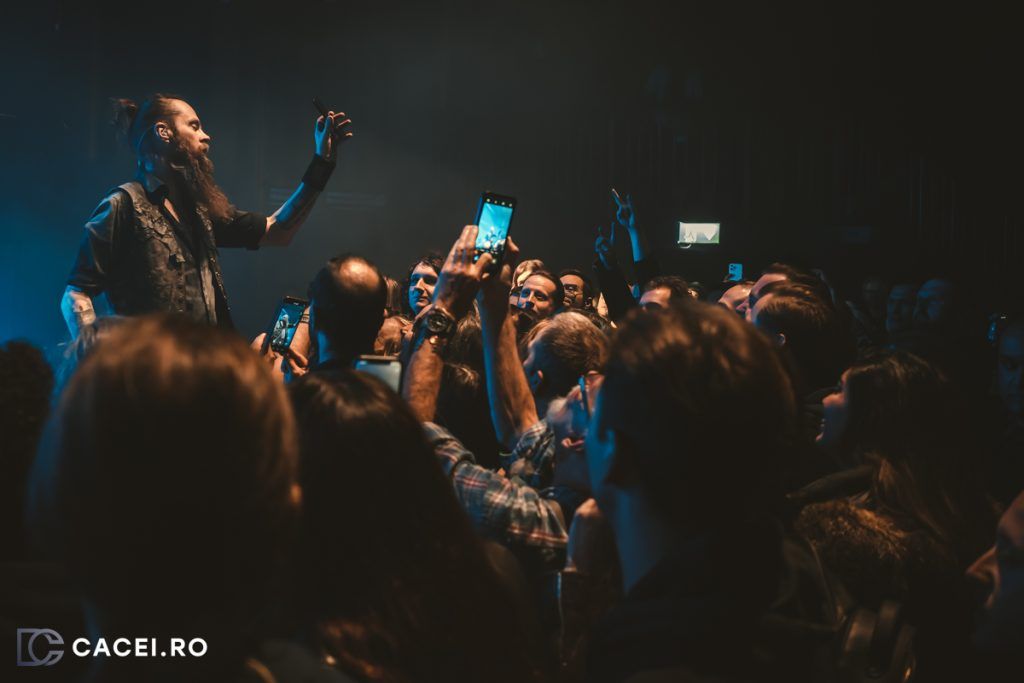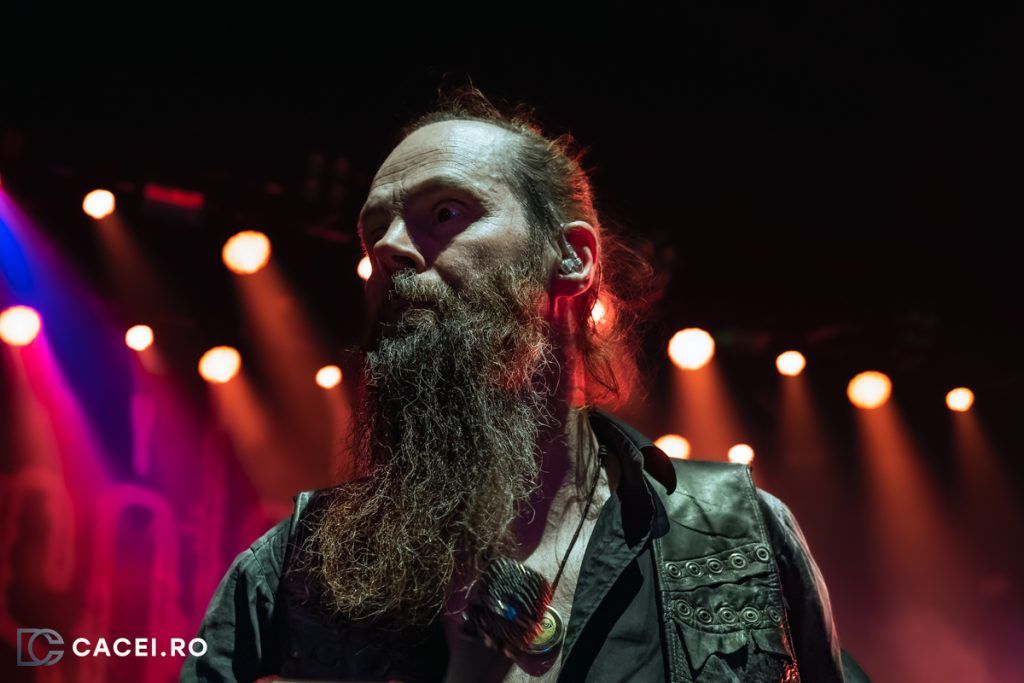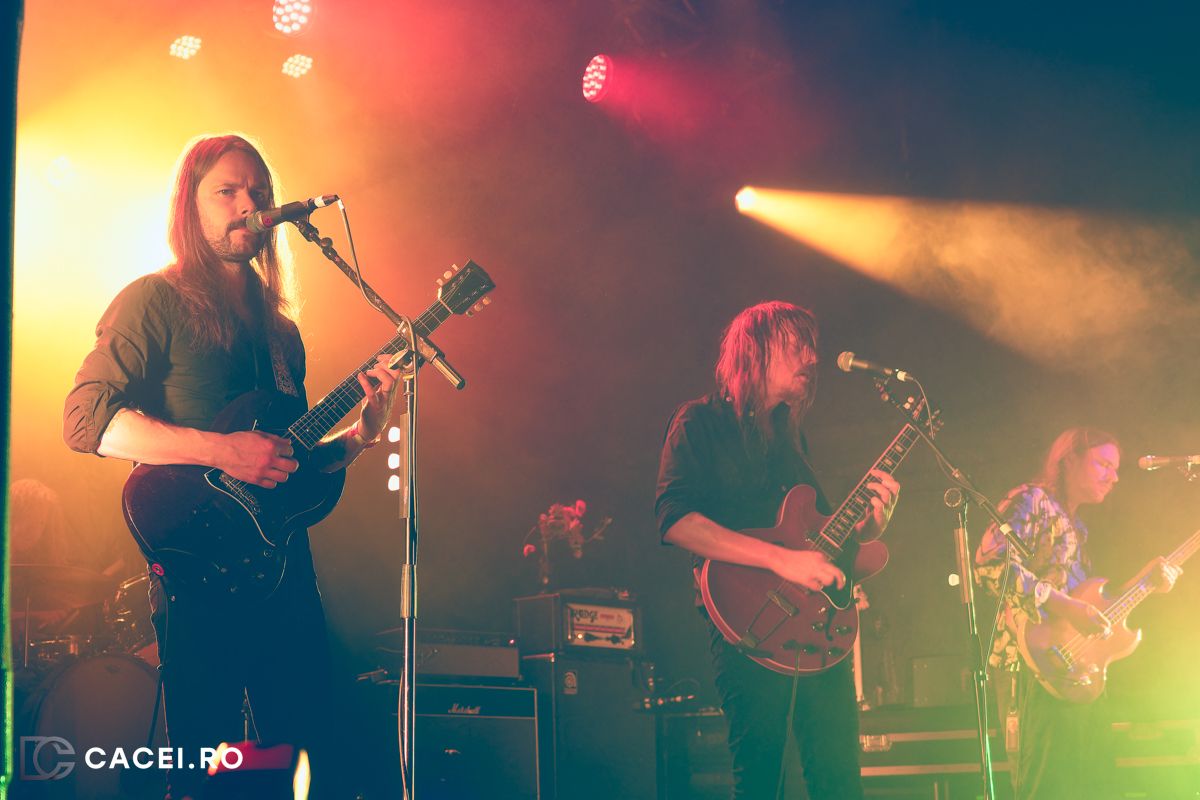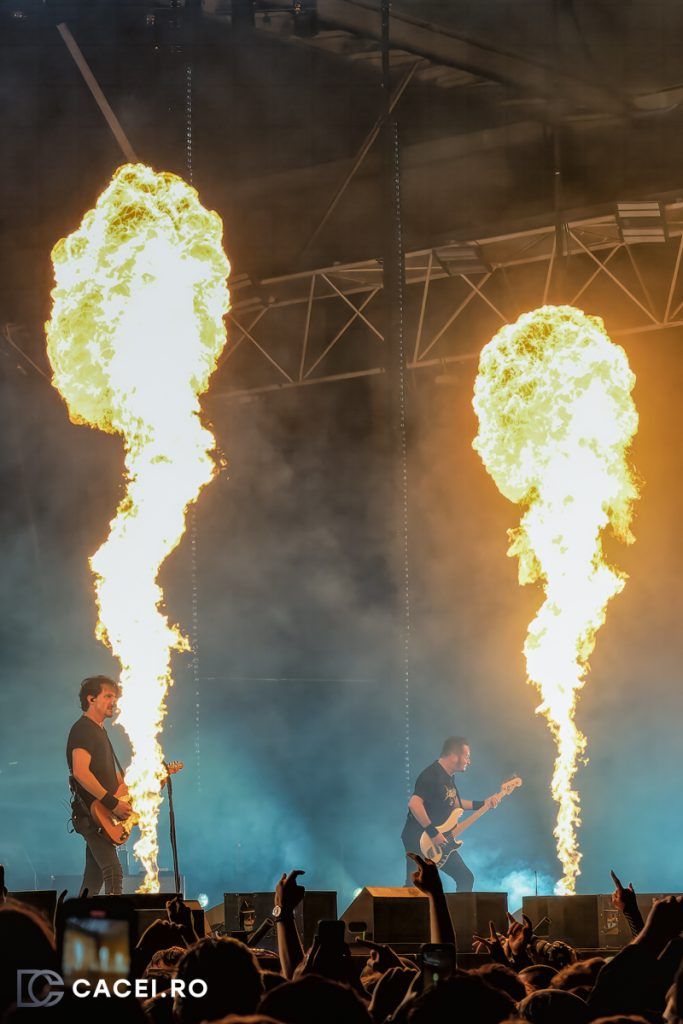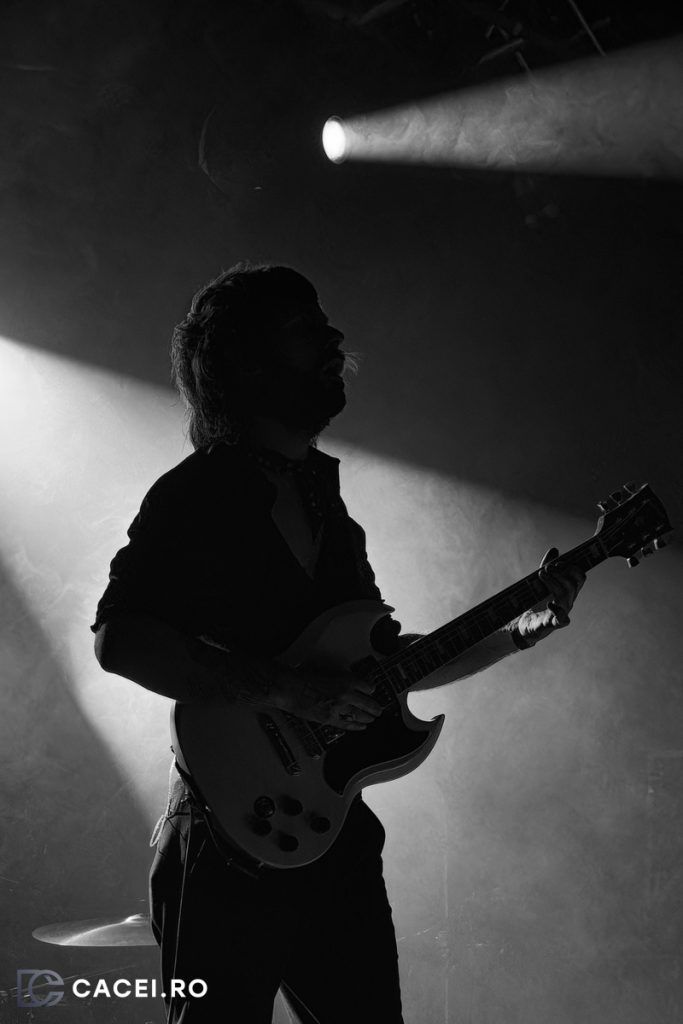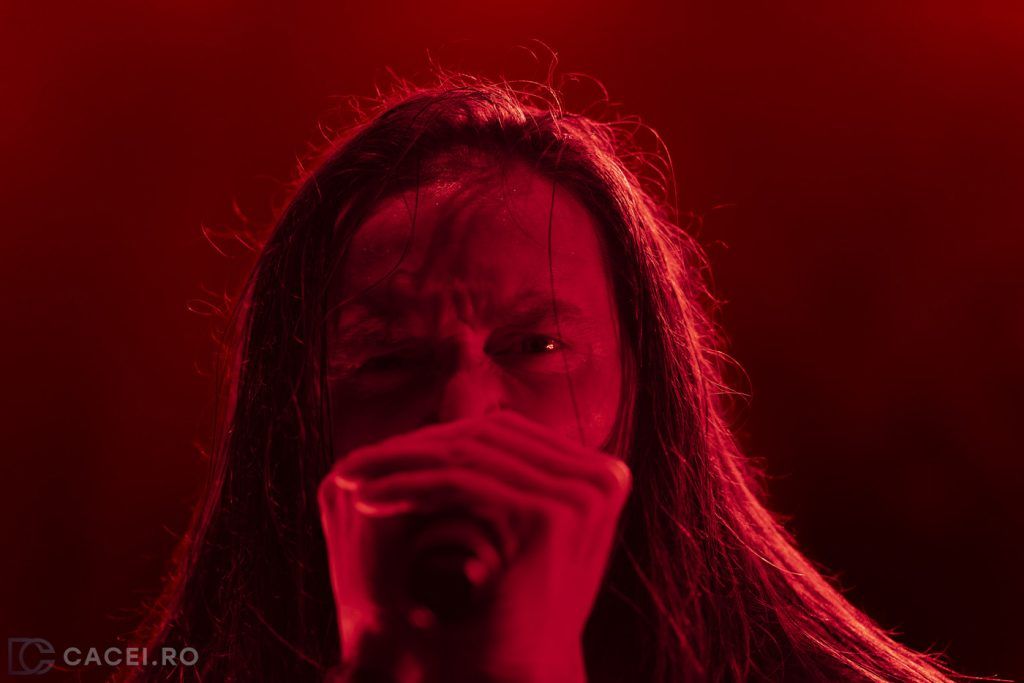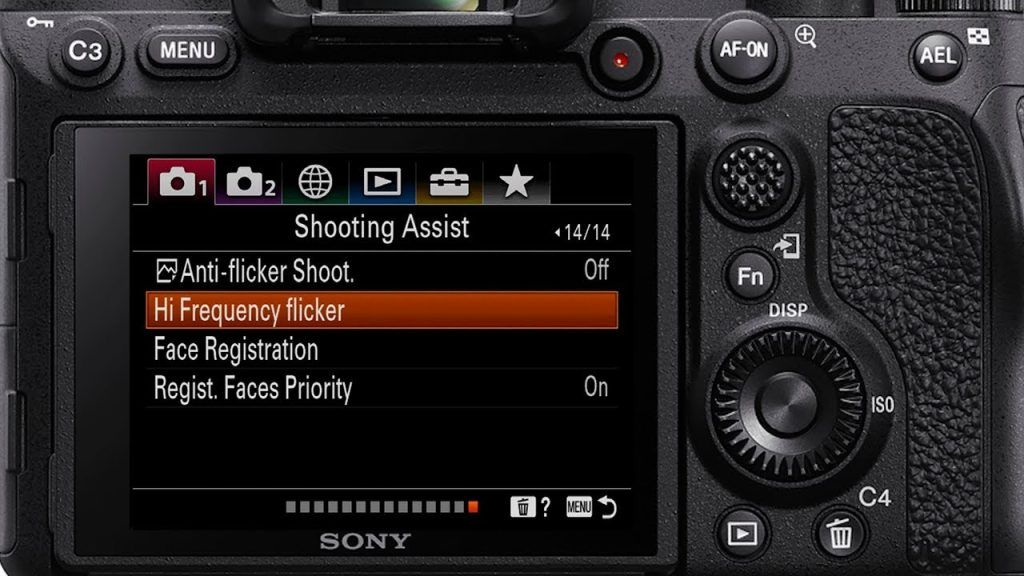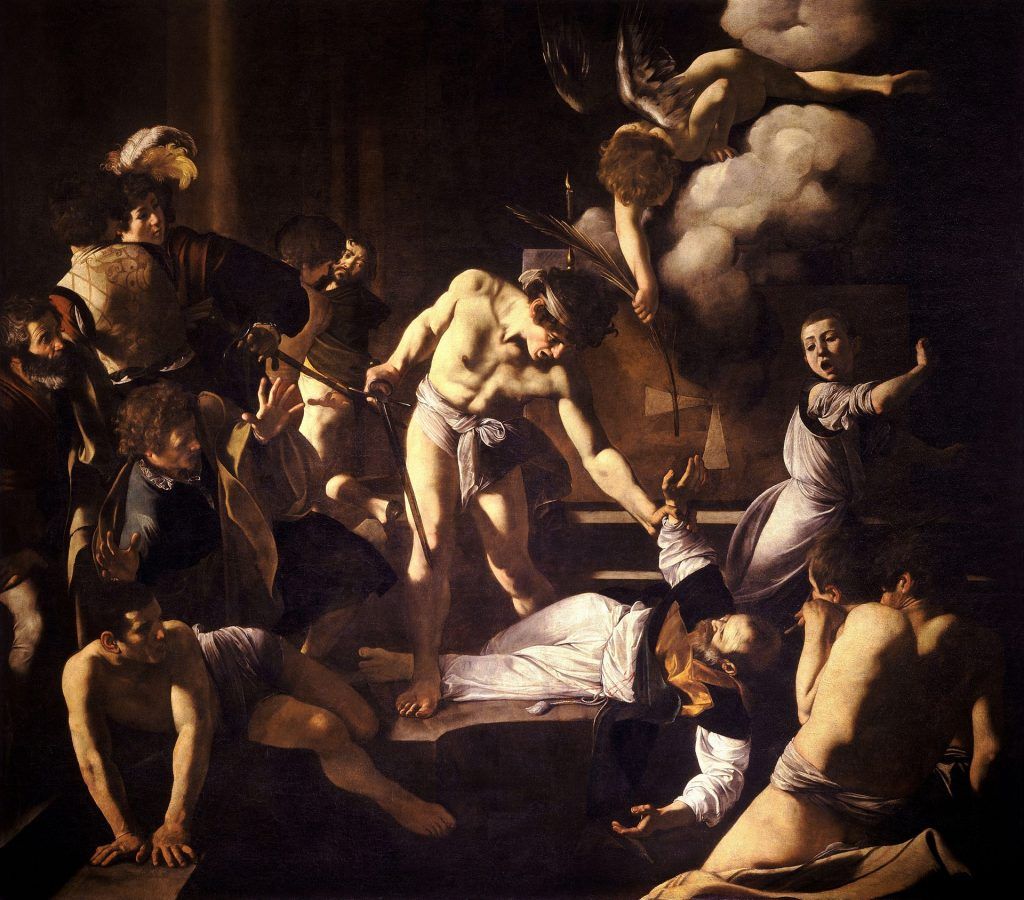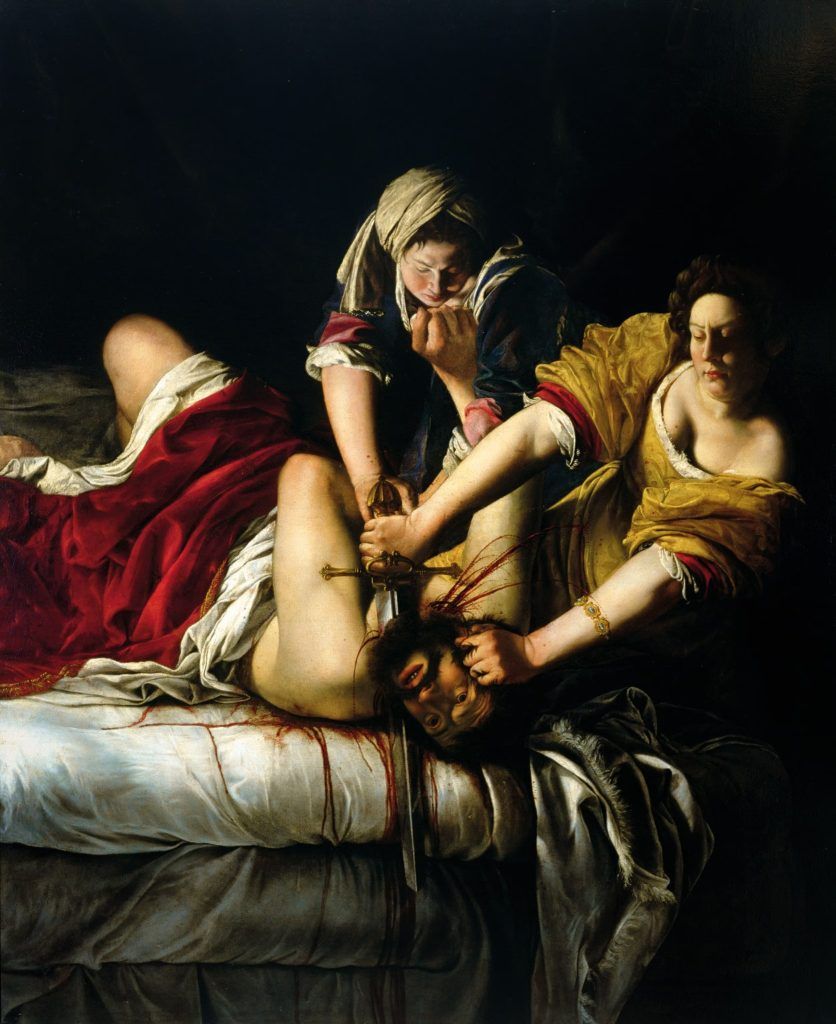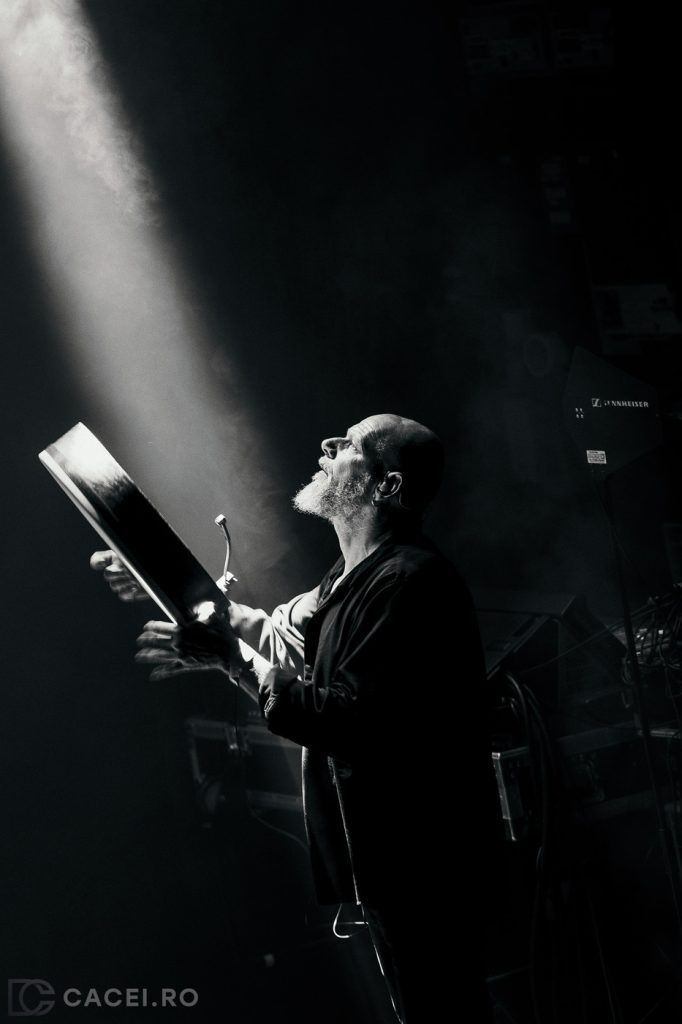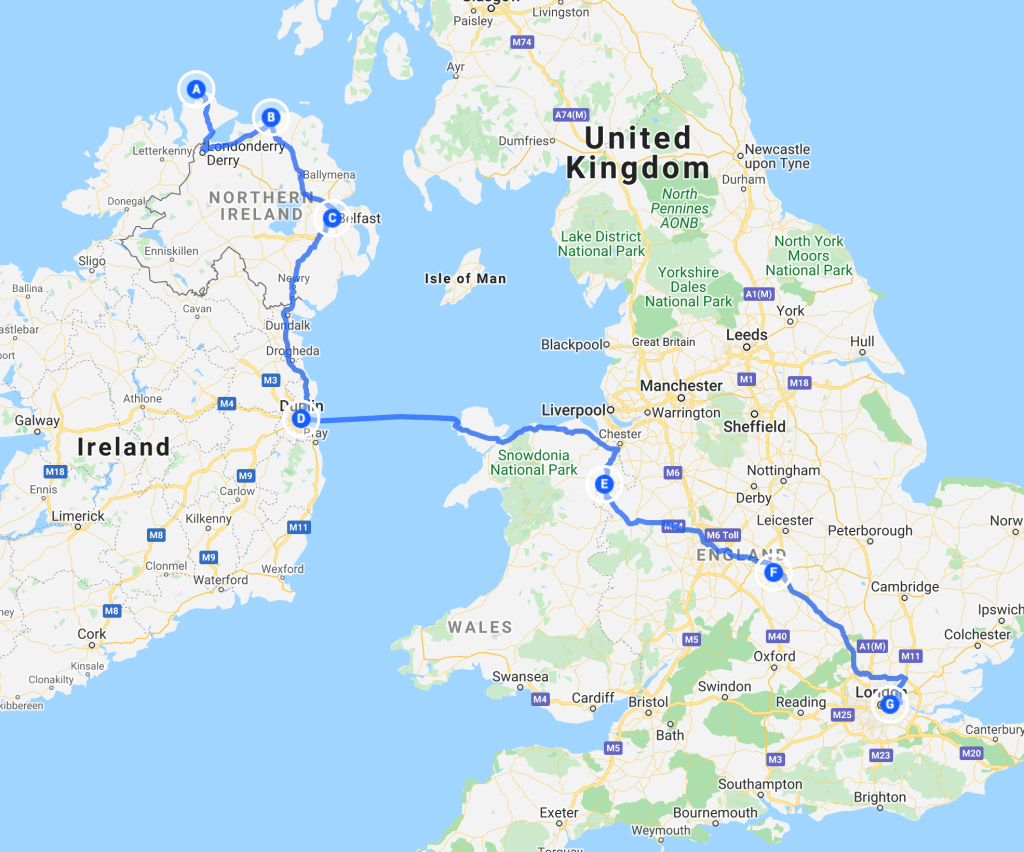As a London-based music photographer specializing in metal concerts, I’ve navigated the exhilarating chaos of mosh pits, dim lighting, and electrifying performances. Capturing these intense moments requires not just skill but also reliable gear. One accessory that has become indispensable in my kit is the Peak Design Cuff wrist strap. It has significantly helped my shooting experience by offering security and flexibility in the challenging environment of concert photography.
Why the Peak Design Cuff Excels in Concert Photography
In the fast-paced world of metal, every second counts. The Peak Design Cuff stands out as a versatile and robust wrist strap tailored for such scenarios. Its design ensures quick camera access while securely tethering your equipment, preventing accidental drops when navigating the crowd.
Ease of Use
The Cuff features the famous Peak Design quick-release system with unique anchor connectors, allowing you to attach or detach your camera in seconds. This is crucial when switching between handheld shooting and other setups, like using a monopod or stabilizing your camera on a surface for longer exposures.
Comfort and Adjustability
The Cuff is designed to be adjustable, providing a snug fit whether you’re wearing it over bare skin or layered clothing. Its materials feel good against the skin, reducing fatigue even after hours of shooting, even with heavier camera and lens setups.
Durability
Constructed with high-quality, seatbelt-style webbing, the Cuff withstands the rigours of frequent use in rough concert environments. It’s robust enough to support heavy DSLR setups, giving you peace of mind when working with expensive gear in unpredictable crowds.

Pros and Cons for Concert Photographers
Pros:
- Security:
- Automatically tightens if you drop your camera, preventing costly accidents.
- Anchor links offer a secure connection.
- Versatility:
- Compatible with various camera types, from compact mirrorless to full-frame DSLRs.
- Quick-release anchors facilitate swift transitions between different shooting setups.
- Low-Profile Design:
- Sleek and unobtrusive, it doesn’t draw unwanted attention or get tangled with other gear.
- Ideal for blending into the background and capturing candid moments.
- Compact and Convenient:
- Can be worn as a bracelet when not in use, thanks to its built-in magnet.
- Keeps the strap readily accessible without being intrusive.
Cons:
- Limited Range of Movement:
- Doesn’t allow for quick transitions to shooting with both hands free, unlike neck straps.
- May restrict some movements when trying to capture shots from unconventional angles.
- Potential Fatigue:
- Supporting the camera’s weight on your wrist can become tiring during very long shoots or with heavier setups.
- Might require occasional breaks to prevent strain.
- Anchor Maintenance:
- Regular checks for wear and tear on the anchors are necessary. (In 4 years of using them I’ve never had any issues so far)
- Cost:
- Priced higher than basic wrist straps.
- Could be a consideration for photographers on a tight budget.
Real-World Application in London’s Metal Scene
Shooting at iconic London venues like the Electric Ballroom or The Underworld presents unique challenges. Navigating dense crowds and securing a good vantage point near the stage is no small feat. The Peak Design Cuff has proven its worth time and again in these settings.
Having my camera securely attached to my wrist allows me to move freely without fear of dropping my gear, even when the crowd gets rowdy. The quick-release feature is a game-changer when I need to swiftly switch lenses or camera bodies to capture both wide shots of the entire band and intimate close-ups of individual musicians.
The low-profile design minimizes the risk of getting snagged by the crowd or the environment, a common issue with bulkier straps. Its durability has withstood countless gigs, enduring everything from sweat and spilt drinks (thankfully not to the camera) to the occasional bump from a fan.
In metal concerts where lighting conditions are notoriously challenging, the ability to quickly stabilize my camera without fumbling with a cumbersome strap has helped me capture those crucial low-light shots that define the energy and atmosphere of the performance.
While the Peak Design Cuff may not be the perfect solution for every shooting scenario, it has become an essential component of my concert photography arsenal. Its blend of security, convenience, and durability makes it a valuable asset for any photographer venturing into the dynamic world of metal concerts.


